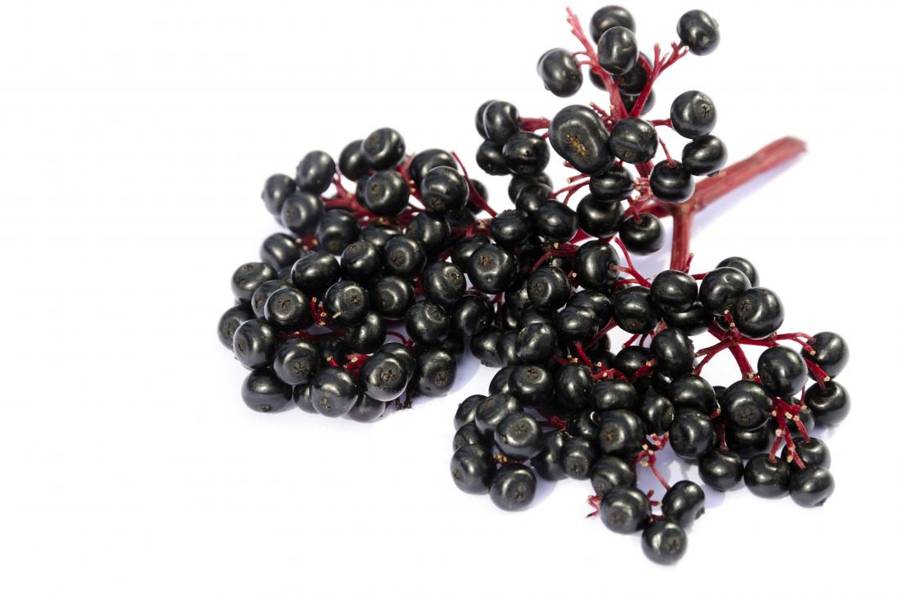







Elderberry Exotic Fruit Tree - Sambucus nigra - 10 Seeds
Check my rate
View locations
| Main centres: | 1-3 business days |
| Regional areas: | 3-4 business days |
| Remote areas: | 3-5 business days |








| Main centres: | 1-3 business days |
| Regional areas: | 3-4 business days |
| Remote areas: | 3-5 business days |
Sambucus nigra is a species complex of flowering plants in the family Adoxaceae native to most of Europe. Common names include elder, elderberry, black elder, European elder, European elderberry and European black elderberry. It grows in a variety of conditions including both wet and dry fertile soils, primarily in sunny locations. The plant is a very common feature of hedgerows and scrubland in Britain and northern Europe, but is also widely grown as an ornamental shrub or small tree. Both the flowers and the berries have a long tradition of culinary use, primarily for cordial and wine. Although elderberry is commonly used in dietary supplements and traditional medicine, there is no scientific evidence that it provides any benefit for maintaining health or treating diseases. Elderberry is a deciduous shrub or small tree growing to 6 m tall and wide, rarely reaching 10 m tall. The bark, light grey when young, changes to a coarse grey outer bark with lengthwise furrowing, lenticels prominent. The leaves are arranged in opposite pairs, 1030 cm long, pinnate with five to seven (rarely nine) leaflets, the leaflets 512 cm long and 35 cm broad, with a serrated margin. The young stems are hollow. The hermaphroditic flowers have five stamens, which are borne in large, flat corymbs 1025 cm diameter in late spring to mid-summer, the individual flowers are ivory white, 56 mm diameter, with five petals; they are pollinated by flies. The fruit is a glossy, dark purple to black berry 35 mm diameter, produced in drooping clusters in late autumn; they are an important food for many fruit-eating birds, notably blackcaps. Sambucus nigra is native to Europe as far east as Turkey. It is native in, and common throughout, the British Isles. It has been introduced to parts of most other continents of the world. The dark blue or purple berries are mildly poisonous in their raw state. Unripe berries, the seeds of the fruit, and all green parts of the plant are poisonous, containing cyanogenic glycosides. The berries are edible after cooking and may be used to make jam, jelly and chutney. Commonly, the flowerheads are used in infusions, giving a drink in Northern Europe and the Balkans. These drinks are sold commercially as elderflower cordial. In Europe, the flowers are made into a syrup or cordial which is diluted with water before drinking. The popularity of this traditional drink recently has encouraged some commercial soft drink producers to introduce elderflower-flavoured drinks (Fanta Shokata, Freaky Fläder). The flowers also may be dipped into a light batter and then fried to make elderflower fritters. The berries may be made into elderberry wine. This plant is used in traditional medicine by native peoples and herbalists. Extracts of the flowers and fruits are used for cold and flu symptoms, although there is no high-quality clinical evidence that it is effective for treating any disease. Except for the flowers and ripe berries (but including the ripe seeds), all parts of the plant are poisonous to mammals, containing the cyanogenic glycoside sambunigrin. The bark contains calcium oxalate crystals.